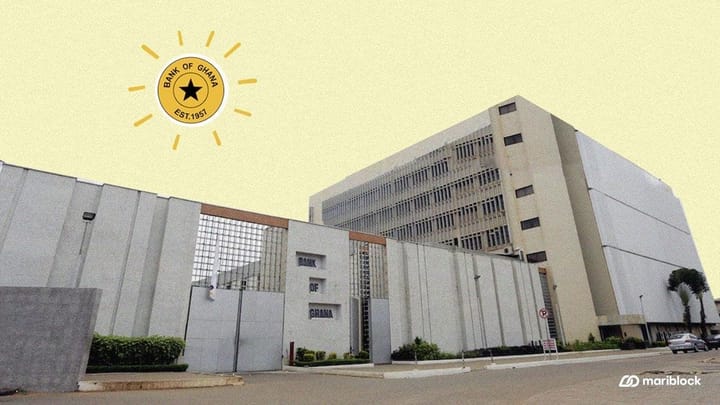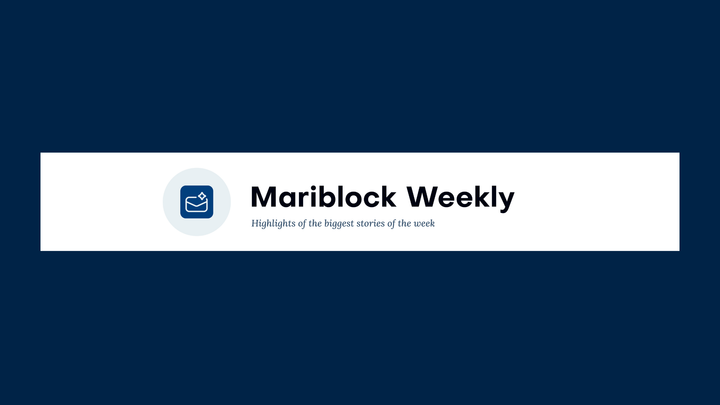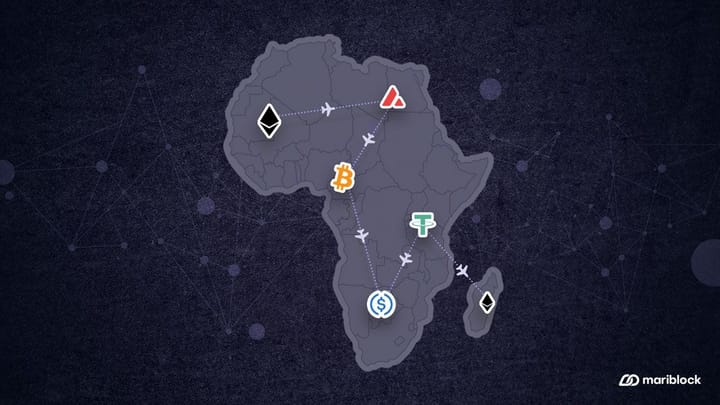60% of African countries recorded lower consumer prices in December
Further contractions in consumer prices suggest that central banks’ tactics to curb inflation are productive.
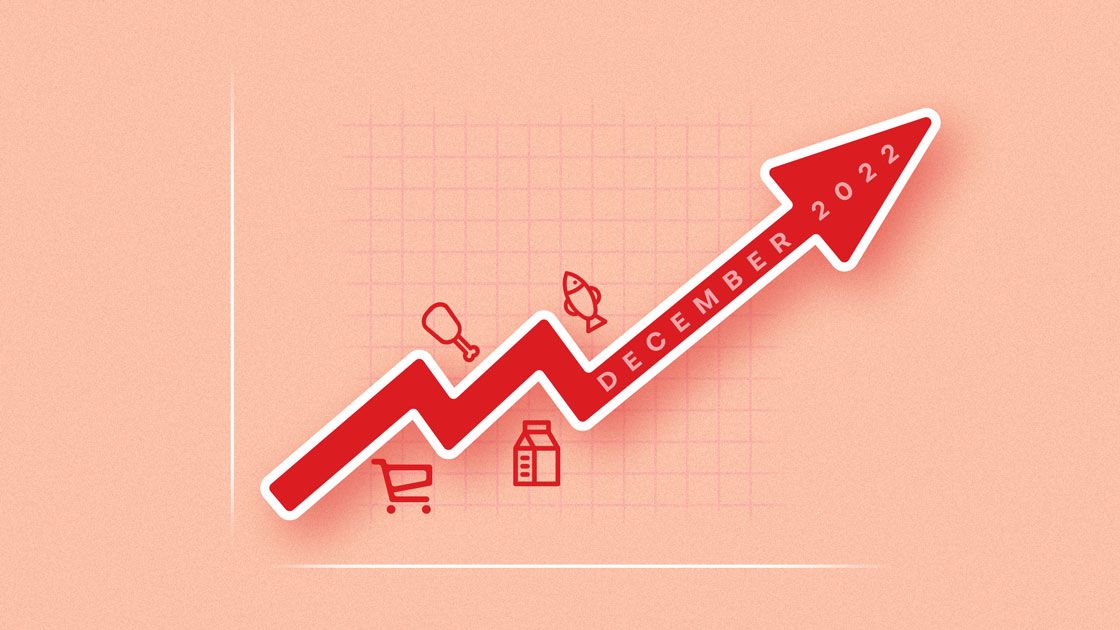
The consumer price situation in Africa appears to be easing after months of consistent surges, the December inflation data of countries in the region shows. Figures from the Mariblock inflation trend table indicate that over 60% of the countries that have reported December inflation data recorded declines in core consumer prices.
However, the ongoing global supply chain crunch, alongside food insecurity and the holiday pressures, continues to have repercussions on food prices in the region as countries recorded double-digit food inflation in December 2022.
Here is a look at the December inflation trend.
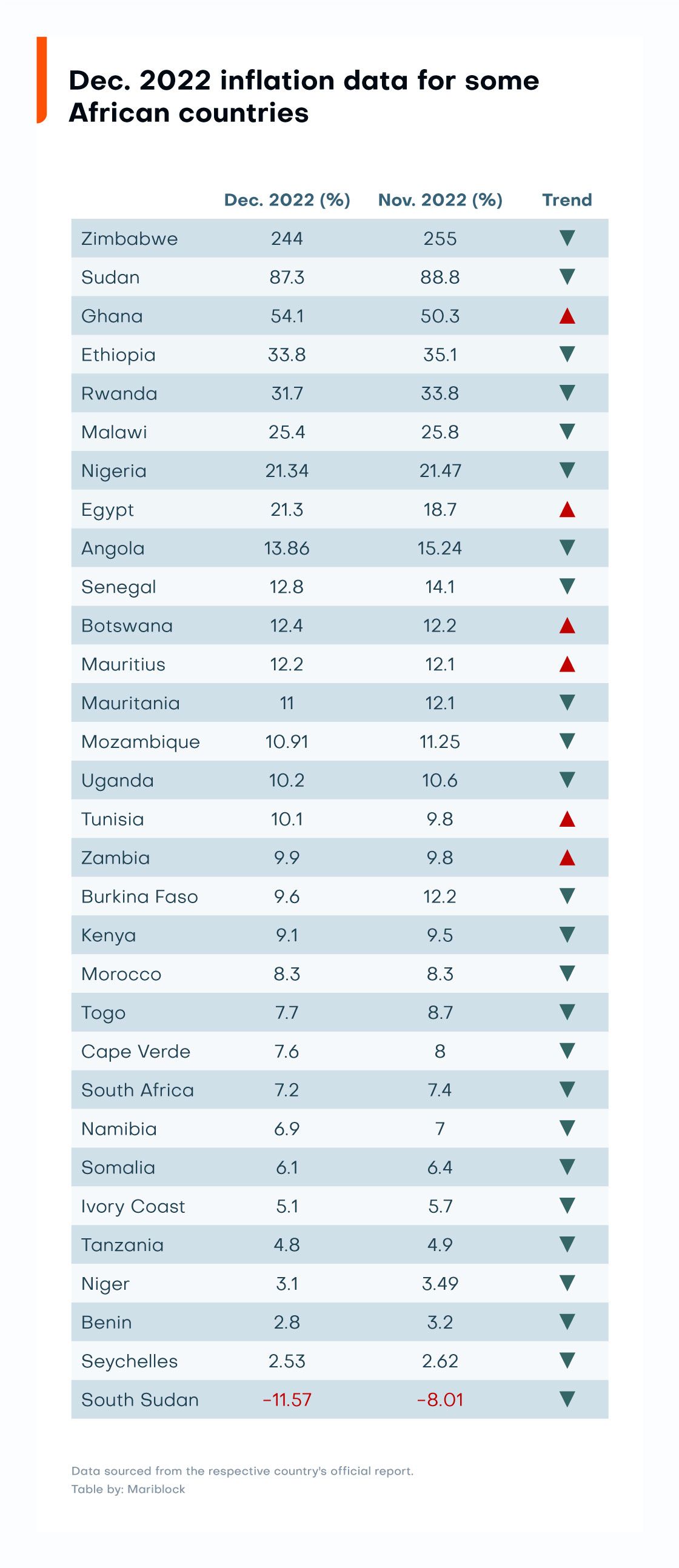
Here are highlights of the inflation drivers in some of Africa’s leading economies
Zimbabwe
The annual inflation rate in Zimbabwe eased marginally to 244% in December from 254% the previous month. The monthly inflation rate, however, climbed to 2.4% in December from 1.8% in November 2022. Consumer prices in Zimbabwe have eased gradually since September 2022, following a series of measures implemented by the government to stabilize the economy. The Reserve Bank of Zimbabwe decided to maintain its tight monetary stance in a bid to stabilize the economy and meet its target of keeping the monthly inflation between 1-3% in 2023.
Sudan
Sudan’s annual inflation rate dropped to 87.32% in December from 88.3% the previous month. According to the country’s Central Bureau of Statistics, the drop in inflation can be attributed to lower food and beverage prices in December.
Ghana
The annual inflation rate in Ghana soared to a 22-year high of 54.1% in December from 50.3% in November. Ghana Statistical Service (GSS) attributed the surge to the increase in food prices, transport, and housing costs. Food inflation rose to 59.7% in December, up from 55.3% the previous month.
The West African country has been experiencing economic difficulties since 2022, and the depreciation of the cedi has contributed to the increase in import costs according to GSS. In December 2022, Ghana reached an agreement with the International Monetary Fund (IMF) for a $3 billion three-year loan aimed at stabilizing the economy.
Ethiopia
Ethiopia’s inflation slowed to 33.8% in December from 35.1% the previous month, as inferred from the Ethiopian Statistical Service (ESS). The ESS attributed the improving situation to the decrease in food prices in the East African country. Ethiopia’s food inflation dropped to 32.9% in December from 34.2% in November. In addition to the global supply chain crisis affecting the economy of the country, other factors include the war in North Ethiopia, the severe drought, and the fiat depreciation.
Rwanda
Rwanda’s consumer inflation dropped to 31.7% in December from 33.8% the previous month. Food prices and non-alcoholic beverages eased to 59.2% from 64.5% in November. According to local reports, despite the inflation, the economy recorded a 7.5% growth in the second quarter of 2022, following a 7.9% growth in the first quarter.
Nigeria
The annual inflation rate in Nigeria contracted marginally to 21.34% in December, down from 21.47% the previous month. On a monthly basis, consumer prices expanded to 1.71%, an increase from 1.39% recorded in November 2022.
According to the National Bureau of Statistics (NBS), the sharp increase in demand during the festive season and the increase in cost production are the factors responsible for the increase in month-on-month inflation rates. Food inflation climbed to 1.89% in December from 1.40% recorded in November.
Egypt
Egypt’s annual inflation accelerated to 21.3% — the highest since the end of 2017— from 18.7% in November, exceeding the central bank’s target of 5% to 9% for the 10th straight month. Analysts were expecting 20.9%.
According to Central Agency for Public Mobilization and Statistics (CAPMAS), transportation and food prices rose in December, with food inflation climbing to over 37%.
The rise in Egypt’s headline and core inflation is partly attributable to the central bank’s move to allow the Egyptian pound to depreciate against the United States dollar in a bid to secure a $13 billion loan from the IMF. The loan was approved in December.
South Africa
The annual inflation in South Africa slowed to 7.2% in December from 7.4% in November, indicating a decrease for the second month in a row. However, the figures remain above the South Africa Reserve Bank’s target range of 3-6%. According to Statistics South Africa, lower prices of food, non-alcoholic beverages, transport and miscellaneous goods and services were major contributors to the downward inflation trend.
Future outlook
Despite slow recovery from the COVID-19 pandemic, decade-high inflation figures — mostly caused by the global economic crisis due to the Russian-Ukraine war — as well as climate impact, African economies remain “resilient”.
According to a report by the African Development Bank (ADB) titled “Africa’s Macroeconomic Performance and Outlook,” Africa is set to “outperform the rest of the world” in economic growth over the next few years.
“The report shows that [the] estimated average growth of real GDP in Africa slowed to 3.8% in 2022, from 4.8% in 2021 amid significant challenges following the Covid-19 shock and Russia’s invasion of Ukraine. Despite the economic slowdown, 53 of Africa’s 54 countries posted positive growth. All the five regions of the continent remain resilient with a steady outlook for the medium-term,” it states.
However, the report highlights risks involved in the outlook, including soaring food and energy prices, tightening global financial conditions, the associated increase in domestic debt service costs and climate change.

